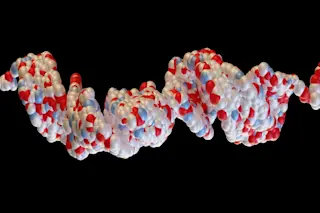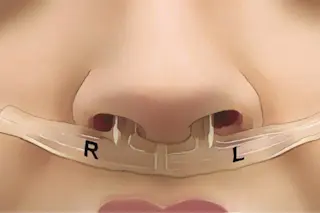If only we could regrow our broken bones like Harry Potter, Skele-gro style. Or, at the very least, heal up like a limb-regenerating newt. Alas, we humans possess no such abilities. Though our bodies can mend broken bones, the older we get, the shoddier that patch job gets. As for cartilage — the crucial cushioning that keeps our bones from rubbing together — once that’s gone, it’s gone for good.
But a new discovery by researchers could change that outlook. A team from Stanford University has finally discovered skeletal stem cells — the cells that give rise to bone, cartilage and the supportive, spongy inside of a bone called stroma — in humans for the first time. And the hope is that someday, doctors could use these stem cells to help people regrow broken bones and missing cartilage.
First, a quick primer on a couple of types of stem cells ...














